2025
- "Probing the IGMF and fundamental physics with gamma-ray propagation", invited talk the the IFPU focus Week - Intergalactic Magnetic Field: a new probe of the Early Universe, 9-14 February, Trieste, Italy
2024
- "Transition edge Sensors for axion searches searches in ALPS II and Beyond", seminar talk at the CADEx Collab meeting (online), December 19
- "Probing the intergalactic magnetic field through gamma-ray observations" invited talk at the Cosmology wH0rksH0p, 17-21 November, Nyborg, Denmark
- "Transition edge sensors for axion searches in ALPS II and beyond" invited plenary talk at the 2nd General Meeting of COST Action COSMIC WISPers, 3-6 September, Istanbul, Turkey
- "The Science Potential of the Cherenkov Telescope Array Observatory" (invited plenary talk) and "Constraints on the intergalactic magnetic field from Fermi-LAT observations of GRB 221009A", TeV Particle Astrophysics Conference, 26-30 August, Chicago, USA
- "Axion constraints from astrophysical observations" invited plenary talk at the 15th International Workshop on the Identification of Dark Matter 2024, 8-12 July, L'Aquila, Italy
- "Probing the intergalactic magnetic field through gamma-ray observations" invited talk at the Generation, evolution, and observations of cosmological magnetic fields workshop, 27 May - June 7, 2024, Lausanne, Netherlands
2023
- "Light on the other side of the wall: A new era for the search of axions and axion-like particles" invited talk at the Danish Physical Society meeting, 13-14 November 2023, Nyborg, Denmark
- "Probing the intergalactic magnetic field through gamma-ray observations with the Fermi LAT and H.E.S.S." invited talk at the Primordial Magnetic Field Workshop, 28 August - 1 September, 2023, Leiden, Netherlands
- "Constraints on axionlike particles from a combined Fermi-LAT analysis of flaring flat-spectrum radio quasars " talk at the EPS HEP meeting, 20-25 August, 2023, Hamburg, Germany
- "Hunting for axions: shining light through (cosmic) walls", invited seminars, Universidad Autonoma and Universidad Complutense, Madrid, 17 and 19 April, 2023
- "Shining light through (cosmic) walls", public outreach talk, Glücksburg Observatory, 6 April, 2023
- Lectures on Fundamental Physics at the Latin-American School on CTA Science, 27-31 March, 2023, Sao Paulo, Brazil
- "Probing the intergalactic magnetic field through gamma-ray observations with the Fermi LAT and H.E.S.S." invited talk at the Cosmic Magnetism in Voids and Filaments Conference, 23-27 January, 2023, Bologna, Italy
2022
- "Probing the intergalactic magnetic field through gamma-ray observations with the Fermi LAT and H.E.S.S." invited talk at the Heraeus Seminar "The variable Multi-Messenger Sky", 7-10 November, 2022, Cracow, Poland
- "A first application of machine and deep learning for background rejection in the ALPS II TES detector", poster presentation at the 17th Patras Workshop on Axions, WIMPs and WISPs, 8-12 August, 2022, Mainz, Germany
- Lecture on axion-like particle searches using astrophysical observations at the "Ultralight dark matter" Foundations and Searches summer school 31 July - 5 August, 2022, Bad Honnef, Germany
- "Probing the intergalactic magnetic field through gamma-ray observations with the Fermi LAT and H.E.S.S." contributed talk at the 7th Heidelberg International Symposium on High-Energy Gamma-Ray Astronomy, 4-8 July 2022, Barcelona, Spain
- "Recent science highlights from the Fermi Large Area Telescope" invited talk at the 28th Cracow Epiphany Conference on Recent Advances in Astroparticle Physics, 10-14 January 2022, Cracow Poland (hybrid format)
2021
- "Search for axion-like-particle induced gamma-ray bursts from core-collapse supernovae with the Fermi LAT", contributed talk at ICRC 2021, 12-23 July, 2021, Berlin, Germany (held online)
- "gammaALPs: An open-source python package for computing photon-axion-like-particle oscillations in astrophysical environments", poster presentation at ICRC 2021, 12-23 July, 2021, Berlin, Germany (held online)
- "The detectability of fast gamma-ray blazar flares from magnetic reconnection with the Fermi Large Area Telescope", poster presentation at 2021 Jets Conference, 14-18 June, 2021, Heidelberg, Germany (held online)
- "Axion Searches with Laboratory-Based and Cosmic Light Sources", invited talk at the Quantum Universe Astroparticle Colloquium, University of Hamburg and DESY, June 8, 2021, Hamburg, Germany (held online).
- "Probing cosmology and particle acceleration with gamma-ray propagation", invited talk at the Radboud University Astrophysics Colloquium, February 23.
2020
- Public talk at the Nuremberg Observatory, 3 December, Nuremberg, Germany. Cancelled due to Covid19 Pandemic.
- "Indirect dark matter searches with gamma-ray telescopes", invited talk at the 2020 Kashiwa Dark Matter Symposium, 16-19 November, virtual. A video of the talk is available here.
- Invited talk at the 16th Dark Side of the Universe Conference, 13-17 July, Kigali, Rwanda. Postponed to 2021 due to Covid19 Pandemic.
- Invited talk and hand-on Fermi LAT analysis sessaion at the ISAPP school “Gamma rays to shed light on dark matter”, 21-30 June, Madrid, Spain. Postponed to 2021 due to Covid19 Pandemic.
- Invited Talk at the DPG Spring Meeting 2020, 29 March - 3 April, Bonn, Germany. Cancelled due to Covid19 Pandemic.
2019
-"Searching for signatures of fundamental physics on gamma-ray propagation with Fermi-LAT observations", invited talk at the 15th Patras Workshop on Axions, WIMPs and WISPs, 3-7 June, Freiburg, Germany
- "Testing cosmology and fundamental physics with the Cherenkov Telescope Array", talk at the 1st CTA Symposium, 6-9 May, Bologna, Italy
-"Characterizing the gamma-ray variability of the brightest flat spectrum radio quasars observed with the Fermi LAT" and "Probing the physics of cosmological gamma-ray propagation with the Cherenkov Telescope Array", poster presentations at the 17th Annual Meeting for High Energy Astrophysics Division of the AAS, 17-21 March, Monterey, California
- "Supermassive black holes as particle accelerators", public outreach talk at the Silicon Valley Nerd Night, January 29
2018
- "Characterizing the brightest gamma-ray flares of flat spectrum radio quasars", talk at the 8th International Fermi Symposium, 14-19 October, Baltimore, MD, USA
- "Characterizing the brightest gamma-ray flares of flat spectrum radio quasars", talk at the TeV Particle Astrophysics 2018 (TeVPA 2018) Conference, 27-31 August, Berlin, Germany
- "Shining light through walls with Dark Matter", public outreach talk at Astronomy on Tap in San Francisco, 13 February
2017
- "Indirect Axion and Axionlike Particle Searches at Gamma-Ray Energies", Invited talk at the 7th International Fermi Symposium, 15-20 October, Garmisch-Partenkirchen, Germany
-"Searches for Angular Extension in High Latitude Fermi-LAT Sources" and "AMEGO: Dark Matter Prospects", talks at the TeV Particle Astrophysics 2017 (TeVPA 2017) Conference, 7-11 August, Columbus, OH, USA, see also this video
- "Astrophysical searches for axions and axionlike particles at gammaray energies", Invited talk at the South American Dark Matter Workshop, May 10-12, ICTP-SAIFR, São Paulo, Brazil
- Invited Seminar at the Universidad Católica de Chile (April 17) and Universidad de Santiago de Chile, April 18
- "Future Constraints of Dark Matter Effective Field Theories and Simplified Models with CTA", DM@LHC workshop, April 3-5 UC Irvine, California, USA
- Invited talk at the GRAPPA Seminar, January 23, Gravitation and Astroparticle Physics in Amsterdam center, University of Amsterdam, Netherlands
2016
- Invited talk at the Astroparticle Seminar at the Niels Bohr International Academy, November 1, Niels Bohr Institute, University of Copenhagen
- Invited talk at Fysikdagarna (Physics Days) Conference, 27-29 October, Gothemborg, Sweden
- Talk at the TeV Particle Astrophysics 2016 (TeVPA 2016) Conference, 12-16 September, CERN, Geneva, Switzerland
- Invited talk at the 12th Patras Workshop on Axions, WIMPs, and WISPs, 20-24 June, 2016, Jeju Island, South Korea
- Invited talk at the Workshop on Perspectives on the Extragalactic Frontier: from Astrophysics to Fundamental Physics, 2-4 May, ICTP, Trieste, Italy
2015
- "Search for Axion-like Particle Signatures in Gamma-ray Data". Given at the Gamma Rays and Dark Matter Workshop, 7-12 Decenmber, 2016, Obergurgl, Austria.
- "Search for axion-like particles signatures in the gamma-ray spectrum of NGC 1275". Talk at the Partikeldagarna, 30 November - 1December, Uppsala, Sweden
- "Search for Axion-like Particle Signatures in the Gamma-Ray Spectrum of NGC 1275" for the Fermi-LAT collaboration. Plenary talk at the Sixth International Fermi Symposium, 9-13 November, 2015, Washington DC, USA.
- "Search for axion-like particle signatures in the gamma-ray spectrum of NGC 1275". Talk at the 11th Patras Workshop on Axions, WIMPs, and WISPs, 22-26 June, 2015, Zaragoza, Spain.
2014
- Talk "Sensitivity of H.E.S.S. II and the Cherenkov Telescope Array to detect photon-axion-like particle oscillations in different magnetic fields at high gamma-ray opacities" at the 10th PATRAS Workshop on Axions, WIMPs and WISPs, 29 June - 4 July, CERN, Geneva, Switzerland
- "Sensitivity of H.E.S.S. II and CTA to detect a reduced ɣ-ray opacity due to photon-axion- like-particle oscillations". Invited talk at the "Gamma-ray Constraints on the EBL and the IGMF" Meeting-in-a-Meeting at the 224th AAS Meeting, 1-5 June, 2014, Boston, MA, USA.
- Sensitivity of the Cherenkov Telescope Array to the Detection of Axion-like Particles". Invited talk at the SLAC Gamma-ray Blazar Workshop, 12-13 March, 2014, Stanford, CA, USA.
- "Search for Axion-like particle signatures in gamma-ray spectra". Talk at the UCLA �Dark Matter 2014 Conference, 26-28 February, 2014, Los Angeles, CA, USA.
2013
- "Opacity of the Universe for VHE gamma-rays in the presence of axion-like particles". Invited talk at the workshop "What are we learning from the gamma-ray sky?", 10-12 October, 2013, Minneapolis, MN, USA
- "Impact of axion-like particles on observations with IACTs". Talk at the 2013 European Physical Society Conference on High Energy Physics, 18-24 June, 2013, Stockholm, Sweden.
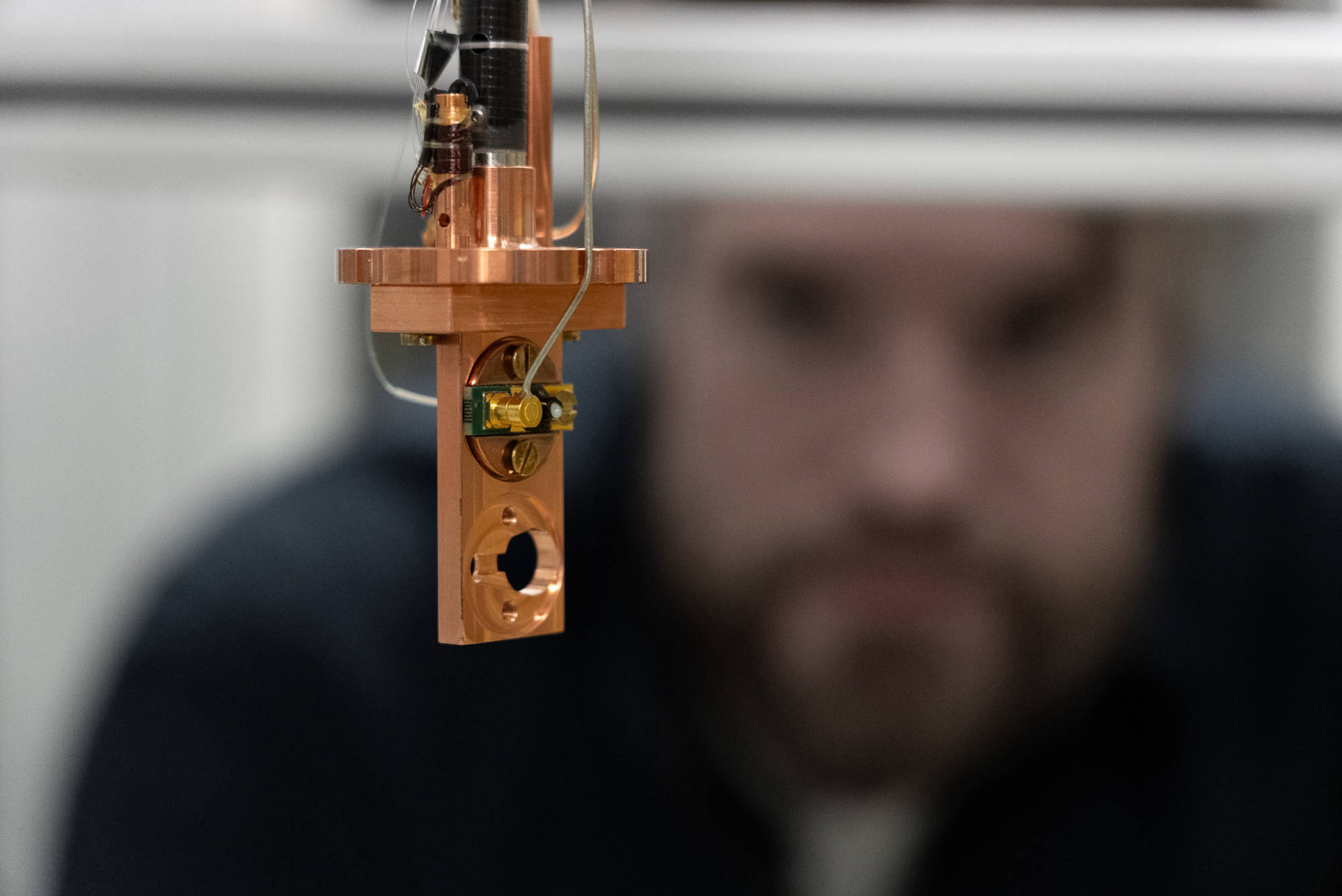
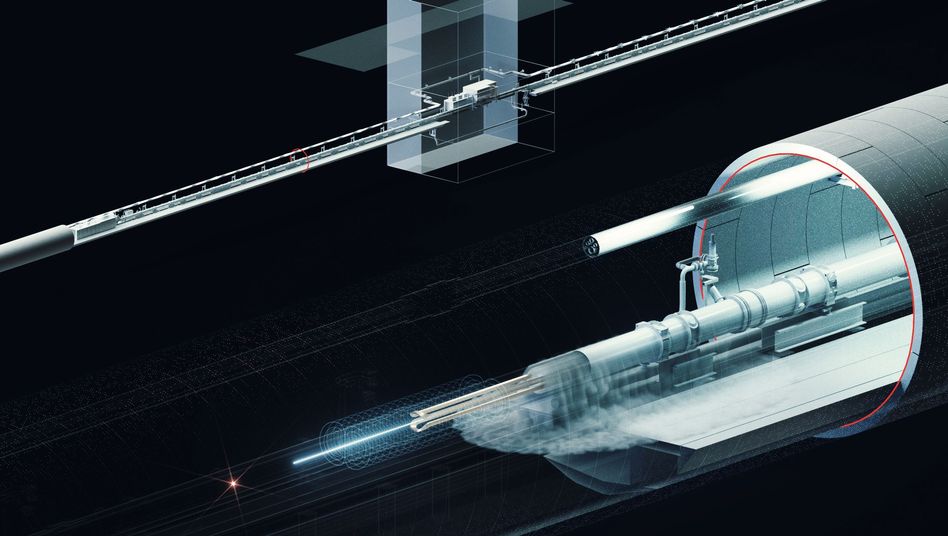
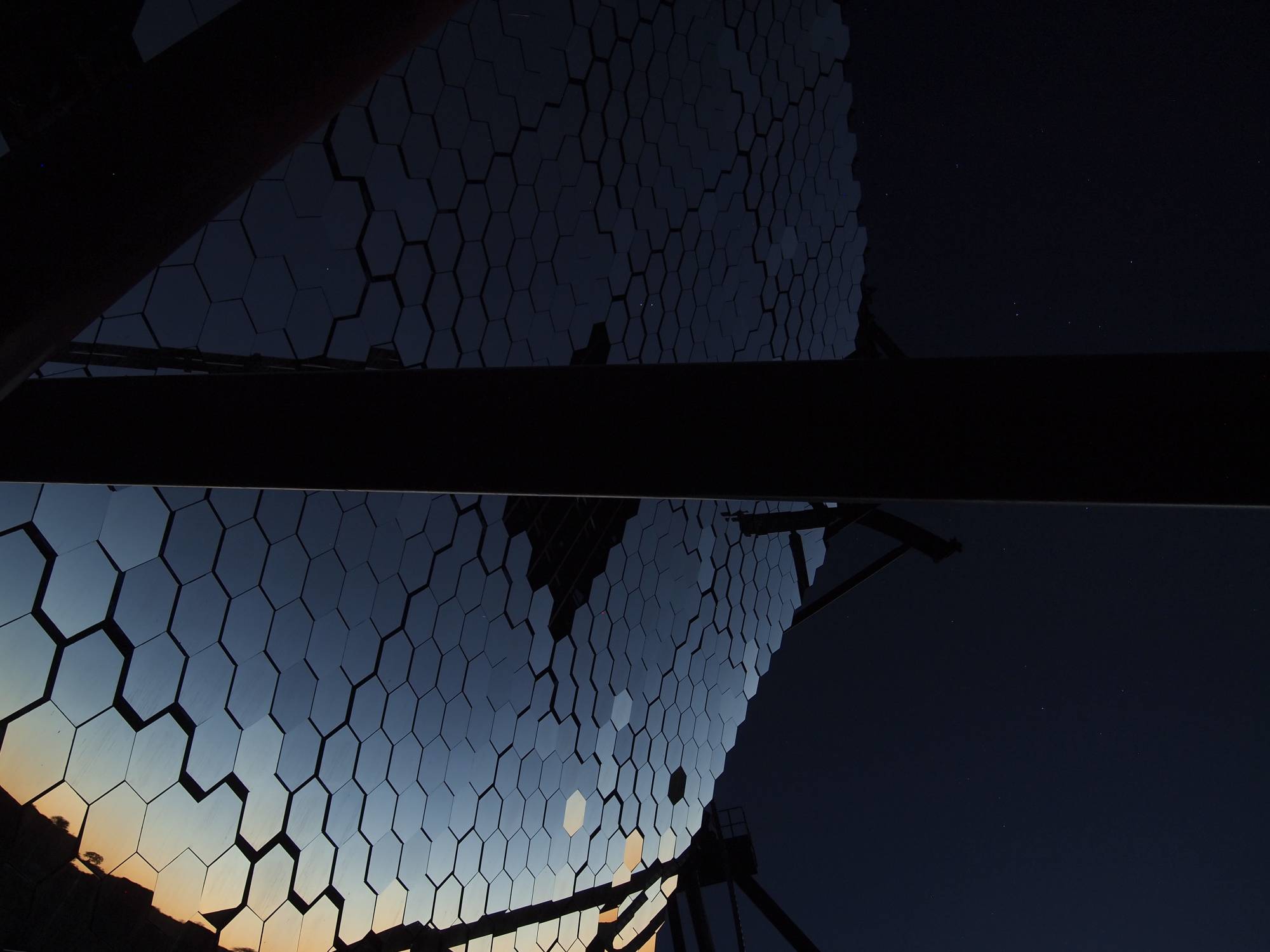
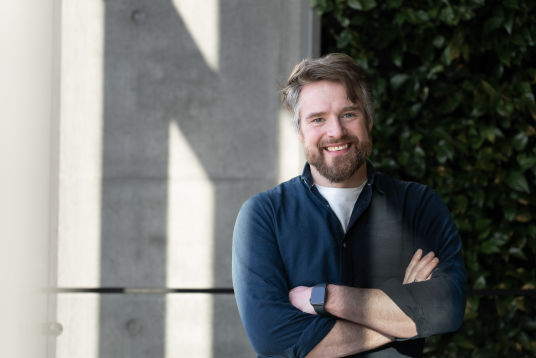
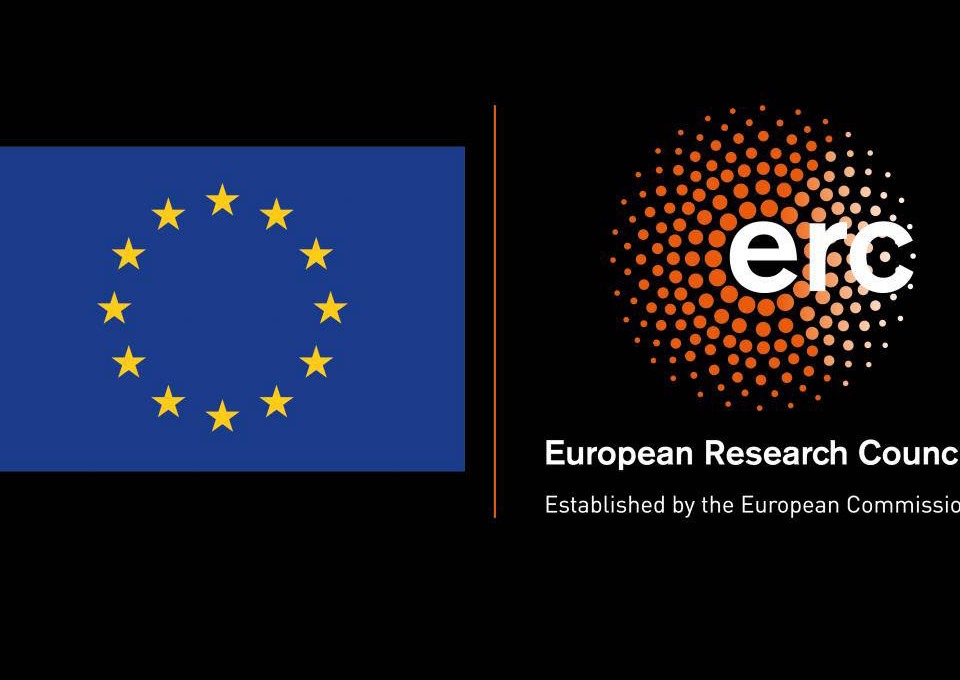
FIND ME ON SOCIAL MEDIA